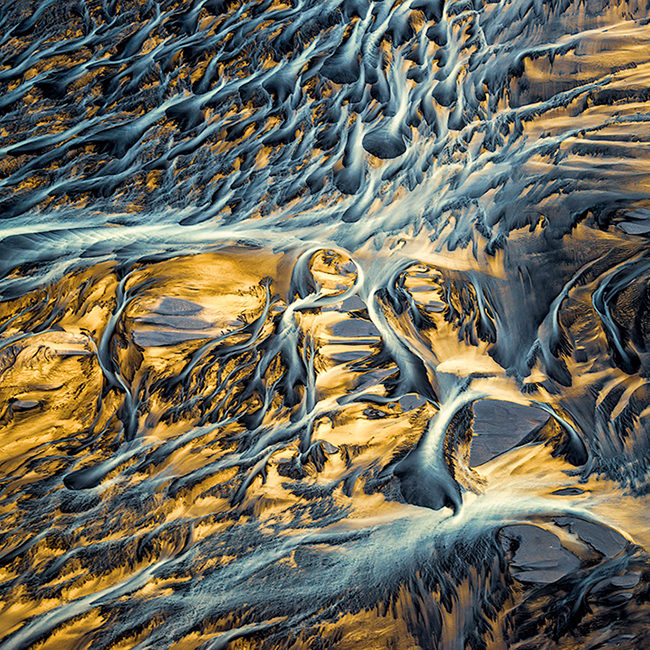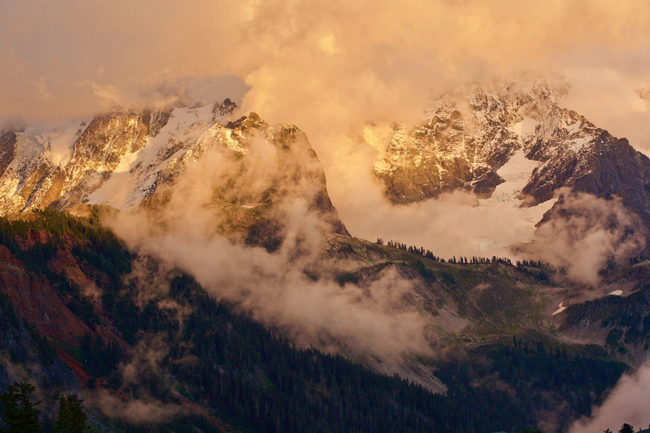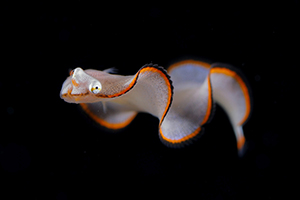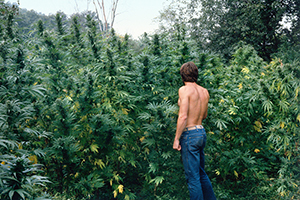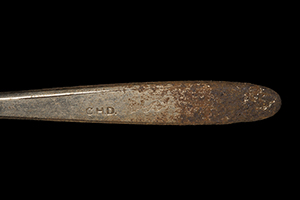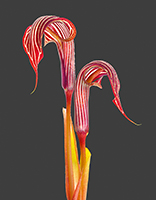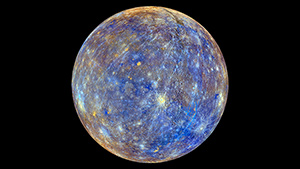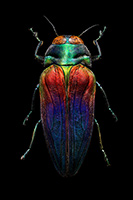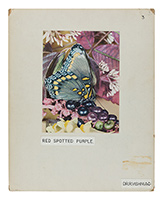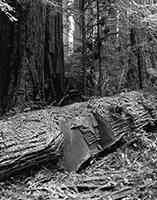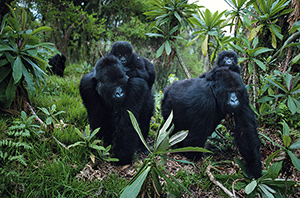From the right distance, Alan Friedman and Douglas Levere’s subjects have a lot in common. Friedman’s studies of the surface of the sun show its churning patterns of flares—a warm-toned orb in crisp, surprising detail. Centered in the same square format, Levere’s cool-toned images of snowflakes reveal the startlingly vivid structure of his tiny subjects. “Alan Friedman & Douglas Levere – Fire and Ice,” a show at photo-eye Gallery in Santa Fe on view until April 9, is a collaboration between the two artists, who both live in Buffalo, New York (where the show originated at CEPA Gallery last fall). Four and a half years ago, Levere came across Friedman’s work, and they eventually met and decided collaborate on a project that combined their similar approaches to showing unseen realms of the natural world. Friedman is an accomplished amateur astronomer who works in an observatory in his backyard when he’s not running the greeting card company he founded. Levere is a professional editorial, commercial and corporate photographer with an interest in fine art — his book New York Changing: Revisiting Berenice Abbott’s New York was published by Princeton Architectural Press in 2004. He makes pictures of snowflakes in his spare time, working in a chilly studio he built in his garage. When Friedman and Levere met, they found they had developed similar approaches to making photographs of invisible phenomena. Friedman uses an “industrial strength” webcam connected to a telescope to make a large number of images of the surface of the sun, and then digitally combines them. Levere photographs snowflakes with a digital SLR rigged to a 5x microscope lens, making as many as 40 or 50 shots as he changes focus and then combining the pictures into one fully sharp image in Photoshop.
Working at two extremes of scale, the men point out another similarity—at arms length, both the sun and a large snowflake appear to be about the same size—roughly the same size as a fingernail. Both “are everyday subjects in our conversation yet hidden from sight – too small to see with the naked eye, too powerful to allow even the quickest glance. Through the use of telephoto lenses to get closer and filters to temper brightness, our photographs permit the viewer to experience what is invisible in day to day life. The details of our subjects are rendered with accuracy – color and composition are selected to better express structure and to impart emotion. Through our collaboration and the juxtaposition of scale and form we hope to illuminate some of the drama and poetry that is found in the natural world around us.”
Related Stories:
Olympus BioScapes Competition Winners
Hubble: A Journey Through Space and Time
Q&A With Michael Benson, Curator (and Explorer) of Space Photography
